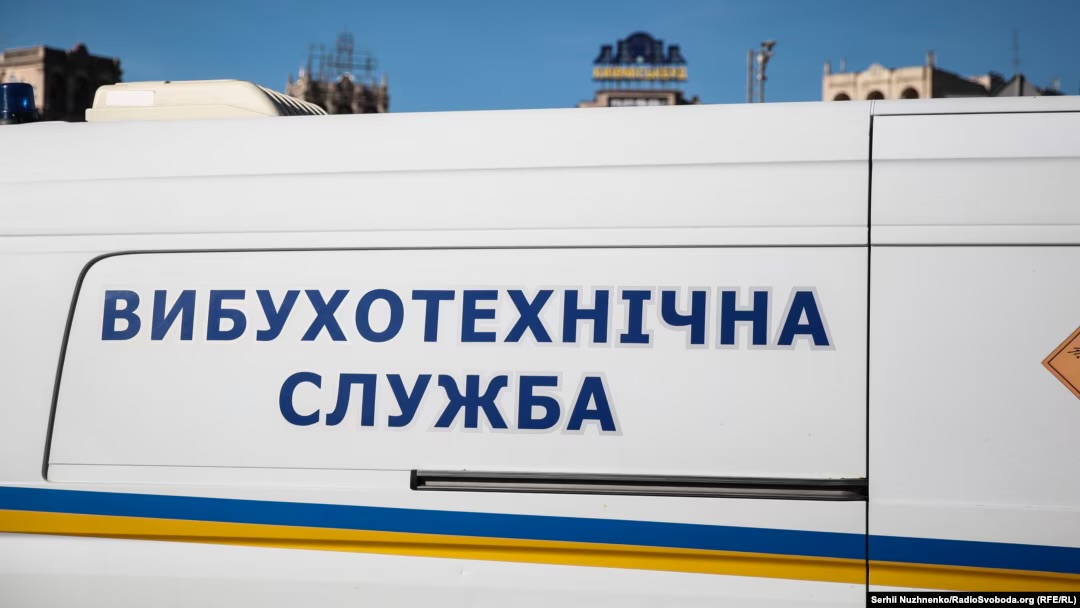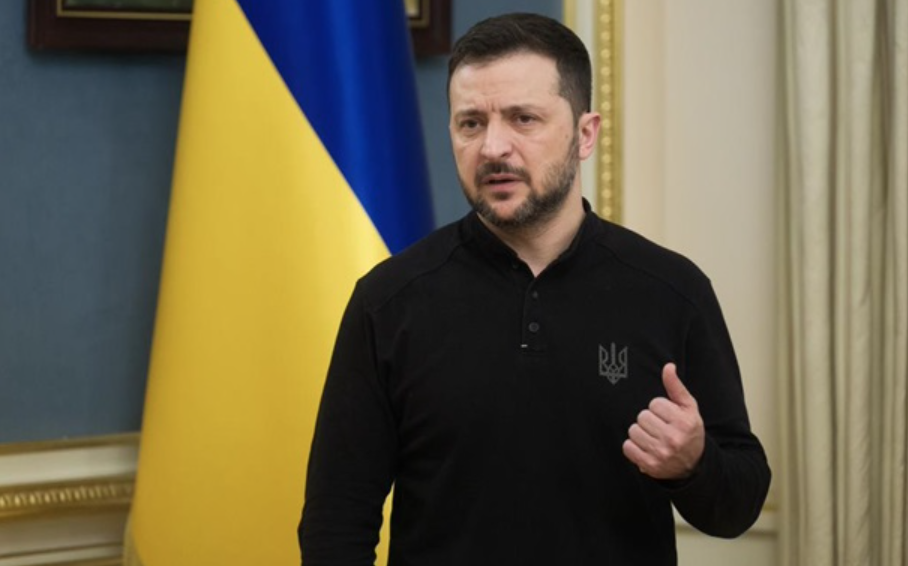Photo: Radio Liberty
On 14 October, a series of fake bomb threats spread across Ukraine, targeting schools, business centres, hotels, newsrooms and other important facilities. Newsrooms, including Radio Liberty, were among the institutions that received threatening emails. This series of messages prompted Ukrainian law enforcement agencies to quickly evacuate and inspect numerous locations, creating a sense of massive threat.
The National Police of Ukraine launched an investigation to find out who was behind the threats. The author of the letter signed his name as a representative of a “terrorist group” that actively spreads anti-Ukrainian calls via telegram channels. The main targets of this information attack were three journalists of Radio Liberty – Iryna Sysak, Valeriya Yegoshyna and Yuliya Khymeryk. The senders of the messages accused them of preparing explosions, allegedly in response to their investigation into the activities of Russian special services in Ukraine.
Recently, Radio Liberty published a story about how the Russian FSB recruits Ukrainians, including minors, to set fire to the vehicles of the Armed Forces and commit other acts of sabotage. The journalists found that teenagers were offered money for such actions via telegram channels. This investigation was a serious blow to Russia’s information operations, which likely led to a wave of threats.
Stephen Capus, the president of Radio Liberty, issued a public statement in support of his journalists, stressing that the editorial team will not succumb to intimidation and will continue to cover important issues. “We cannot explain the motivation behind these outrageous threats,” Kapus said, stressing that Radio Liberty is ready to cooperate with the authorities to investigate the incidents.
This wave of fake mines is another manifestation of Russia’s hybrid war against Ukraine. Law enforcement officials consider these events to be part of information and psychological operations (IPO) aimed at spreading panic and destabilising the situation in the country. The National Police of Ukraine has already checked more than 1,500 facilities that received such messages.
As Skhemy journalists found out, the person behind the threats probably resides in the occupied Crimean peninsula and has a Russian passport. In addition, investigators found that telegram channels associated with this “group” actively call for arson and harassment of the Ukrainian military and even offer monetary rewards for this.
Thus, the situation with the fake mines is not just an attempt to intimidate Ukrainian institutions, but also part of Russia’s larger plan to destabilise Ukraine through disinformation and information attacks.

















